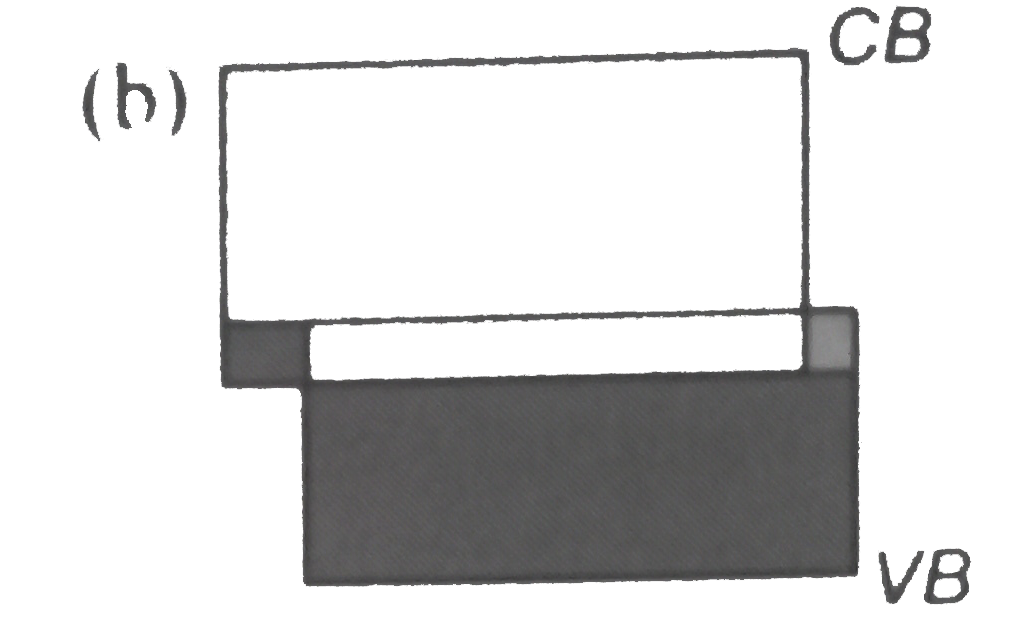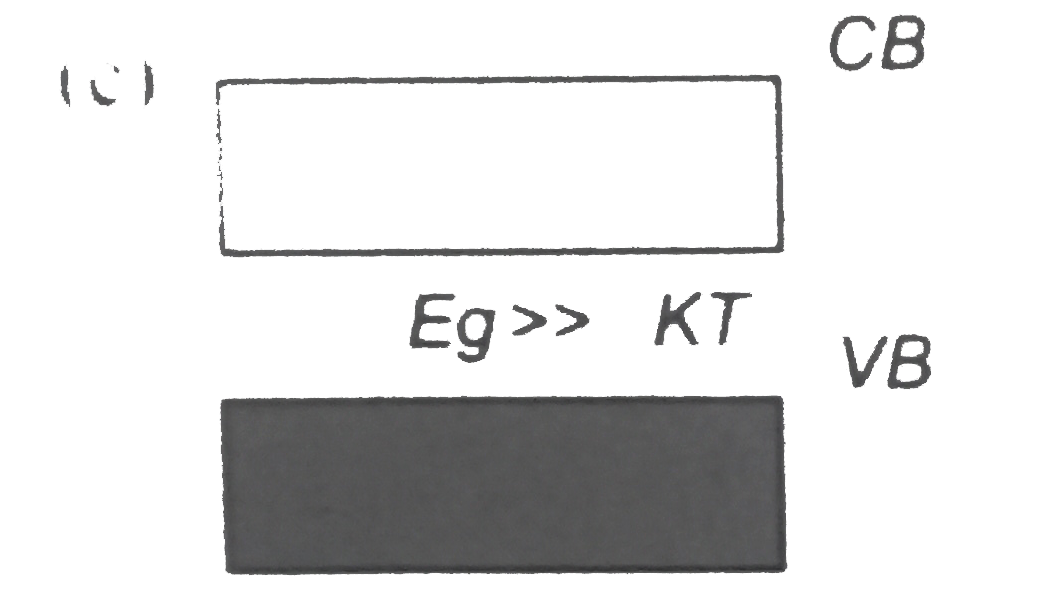The dependence of the logarithm of conductivity, In o, on 1T for two semiconductors is shown schematically in the figure. In which respect do these semiconductors differ?
Step by step video & image solution for The dependence of the logarithm of conductivity, In o, on 1/T for two semiconductors is shown schematically in the figure. In which respect do these semiconductors differ? by Physics experts to help you in doubts & scoring excellent marks in Class 12 exams.
Topper's Solved these Questions
Similar Questions
Knowledge Check
- Question 1 - Select One
The conductivity of a semiconductor depends upon
ASize of the atomBThe nature of atomCTypes of bondsDSize and types of motion - Question 2 - Select One
A hole is the reason of conduction in which type of semiconductors
Ap typeBn typeCBothDNone - Question 3 - Select One
Which of the energy band diagrams shown in the figure corresponds to that of a semiconductor?
A B
B C
C D
D
Is it difficult to make an intrinsic semiconductor?
Name two factors on which the electrical conductivity of intrinsic semiconductor at a given temperature depends.
How does the conductivity of a semiconductor change with the rise in its temperature?View SolutionA pure semiconductor germanium or silicon, free of every impurity is called intrinsic semiconductor. A room temperature, a pure semiconductor has a very small number of current carriers (electrons and holes). Hence, its conductivity is low.
When the impurity atoms of valence five or three are doped in a pure semiconductor, we get repectively n-type ot p-type extrinsic semiconductor. In case of a doped semiconductor. nenh=n2i,
where ne and nh are the number density of electrons and holes respectively and ni is the number density of intrinsic charge carriers in a pure semiconductor. The conductivity of extrinsic semiconductor is much higher than that of intrinsic semiconductor.
(i) Name two materials to be doped in pure semiconductor of silicon to get p-type semiconductor n-type semiconductor.
(ii) What do you learn from the above study?View SolutionThe temperature (T) dependence of resistivity (rho) of a semiconductor is represented by :
View SolutionAssertion: The conductivity of an intrinsic semiconductor depends on its temperature.
Reason The conductivity of an intrinsic semiconductor is slightly higher than that of a lightly doped p-type semiconductor.View SolutionStatement 1: Conductivity of semiconductor increases with increase in temperature.
Statement 2: Forbidden energy gap is highest for semiconductors.View Solution


